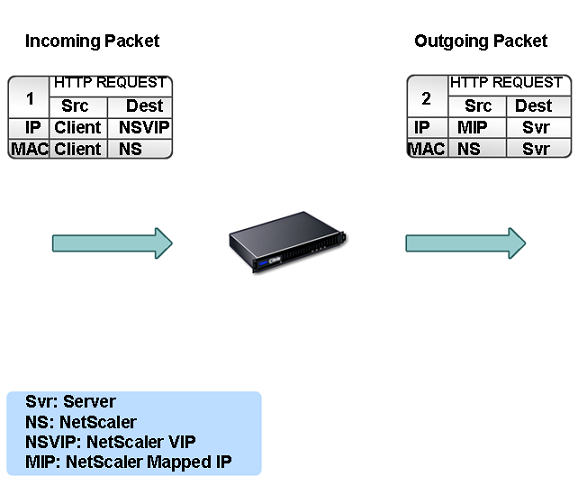-
-
Configure to source NetScaler FreeBSD data traffic from a SNIP address
This content has been machine translated dynamically.
Dieser Inhalt ist eine maschinelle Übersetzung, die dynamisch erstellt wurde. (Haftungsausschluss)
Cet article a été traduit automatiquement de manière dynamique. (Clause de non responsabilité)
Este artículo lo ha traducido una máquina de forma dinámica. (Aviso legal)
此内容已经过机器动态翻译。 放弃
このコンテンツは動的に機械翻訳されています。免責事項
이 콘텐츠는 동적으로 기계 번역되었습니다. 책임 부인
Este texto foi traduzido automaticamente. (Aviso legal)
Questo contenuto è stato tradotto dinamicamente con traduzione automatica.(Esclusione di responsabilità))
This article has been machine translated.
Dieser Artikel wurde maschinell übersetzt. (Haftungsausschluss)
Ce article a été traduit automatiquement. (Clause de non responsabilité)
Este artículo ha sido traducido automáticamente. (Aviso legal)
この記事は機械翻訳されています.免責事項
이 기사는 기계 번역되었습니다.책임 부인
Este artigo foi traduzido automaticamente.(Aviso legal)
这篇文章已经过机器翻译.放弃
Questo articolo è stato tradotto automaticamente.(Esclusione di responsabilità))
Translation failed!
How the NetScaler Proxies Connections
When a client initiates a connection, the NetScaler appliance terminates the client connection, initiates a connection to an appropriate server, and sends the packet to the server. The appliance does not perform this action for service type UDP or ANY.
For more information about service types, see Load Balancing.
You can configure the NetScaler to process the packet before initiating the connection with a server. The default behavior is to change the source and destination IP addresses of a packet before sending the packet to the server. You can configure the NetScaler to retain the source IP address of the packets by enabling Use Source IP mode.
How the Destination IP Address Is Selected
Traffic sent to the NetScaler appliance can be sent to a virtual server or to a service. The appliance handles traffic to virtual servers and services differently. The NetScaler terminates traffic received at a virtual server IP (VIP) address and changes the destination IP address to the IP address of the server before forwarding the traffic to the server, as shown in the following diagram.
Figure 1. Proxying Connections to VIPs

Packets destined for a service are sent directly to the appropriate server, and the NetScaler does not modify the destination IP addresses. In this case, the NetScaler functions as a proxy.
How the Source IP Address Is Selected
When the NetScaler appliance communicates with the physical servers or peer devices, by default, it does not use the IP address of the client. NetScaler maintains a pool of subnet IP addresses (SNIPs), and selects an IP address from this pool to use as the source IP address of a connection to the physical server. Depending on the subnet in which the physical server is placed, NetScaler selects a specific SNIP address.
Note: If the Use Source IP (USIP) option is enabled, appliance uses the IP address of the client.
Share
Share
This Preview product documentation is Cloud Software Group Confidential.
You agree to hold this documentation confidential pursuant to the terms of your Cloud Software Group Beta/Tech Preview Agreement.
The development, release and timing of any features or functionality described in the Preview documentation remains at our sole discretion and are subject to change without notice or consultation.
The documentation is for informational purposes only and is not a commitment, promise or legal obligation to deliver any material, code or functionality and should not be relied upon in making Cloud Software Group product purchase decisions.
If you do not agree, select I DO NOT AGREE to exit.